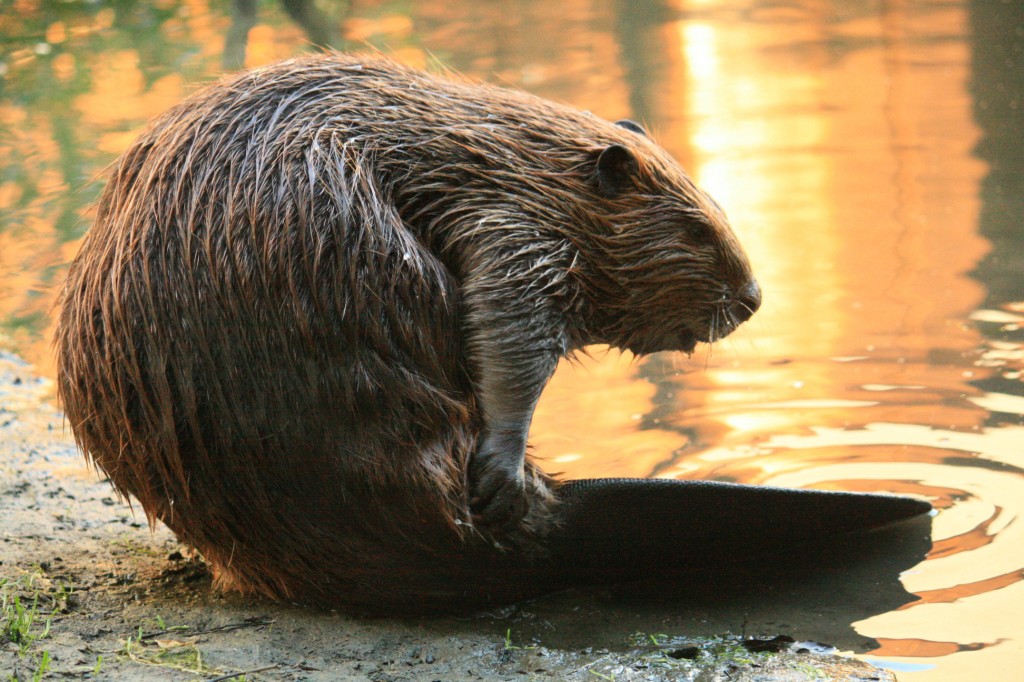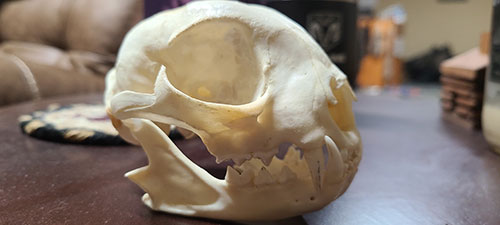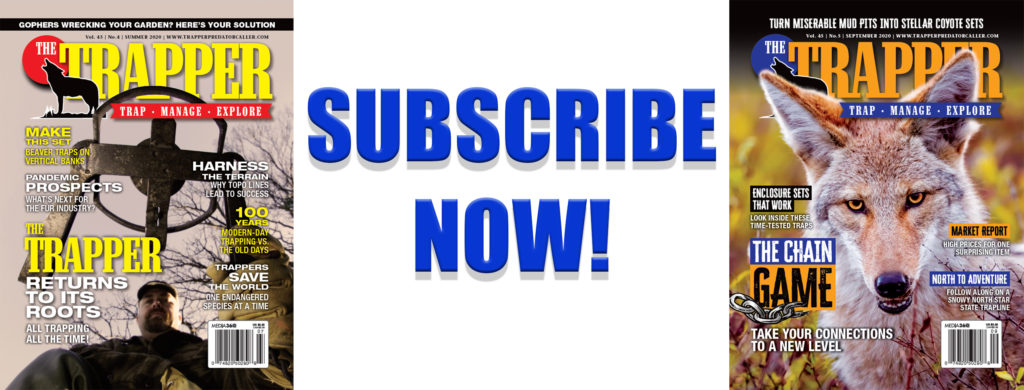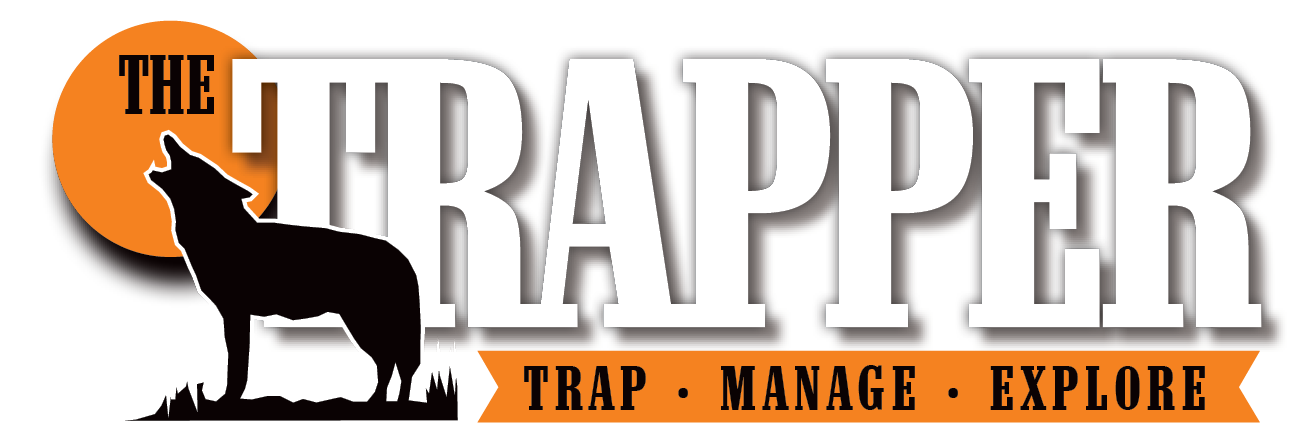By Serge Lariviére
Fur Harvesters Auction held a wild fur auction June 23 to 27, 2022, in North Bay, Canada. On their website, we can read: “In light of all that is taking place in the world we are fortunate to realize an overall result better than most expected.” Indeed, expectations were limited considering the ongoing conflict between Russia and Ukraine.
The reign of high-dollar coyotes has now ended. At this last sale, the very best coyotes, the Western heavy pelt with pale fur, white bellies sold for a $26.95 average, with the top price not even breaking the hundred-dollar mark ($97.00 USD). Sad you may say, but you could also argue that we were lucky to surf on this wave of high coyote prices for so long, and now prices dance around the usual $30 average. With such low prices for top pelts, anything of lesser quality becomes very difficult to sell, and Eastern coyotes sold for a $9.95 average, with the top price of $66.00. Eastern coyotes are often bigger, but the fur is darker, longer and coarser than that of Western coyotes. Ten dollars is not much for an animal as tough to catch, skin, flesh and handle. I suspect the pressure on coyotes will decrease this fall.
Better red foxes come from the East, and those averaged $15.95, with Western pelts fetching $11.99, on average. If you are trapping in the East, red foxes have now become your best-priced animal, ahead of coyotes, something we have not seen for a long time. Out West, coyotes still remain the most valuable canid to catch — unless, of course, you have colored foxes on your line! Silver and cross foxes, being a lot less common, continue to average around the $30 mark. Gray foxes remain difficult to sell and fail to even bring $10 a skin.
Raccoons continue to struggle, the best skins from the West averaging $15.35, while other parts of the country are selling raccoons for $4-$7 apiece. Without Russia at the table, selling raccoons will continue to be tough, and this affects the great majority of trappers in the United States because it often is the most abundant fur animal on many traplines. You may have the numbers on your line, but it’s pretty tough to make money driving around for raccoons when the average is below $15-$20.
Beaver is another staple on many traplines, and the best value in beaver remains the castoreum at prices up to $120 per pound for well-handled and clean glands. The low harvest of beavers in North America has really upped the price of beaver glands, and do not be surprised to see lure makers up their prices, as well, for lures containing this item. Fur Harvesters Auction (www.furharvesters.com) also reported a slight increase in beaver fur prices because of the low harvest, and the best skins from the East (darker fur) sold at $15.35 average, while paler skins from the West sold at almost identical levels ($14.69 average). Historically, Eastern beaver skins sell for more than Western pelts, and although not great prices for the fur, beavers continue to be a safe bet when you combine glands AND fur, and better yet if you can find a market for the meat — either for human consumption, dog food, or bear bait. If you have abundant beavers on your line, and you can find an economical way to catch them without burning too much gasoline, glands and fur may pay expenses! Otters averaged $22.81 at the last FHA sale, about the same as a very good beaver.
Muskrats, on the other hand, are tougher to sell. Prices are decreasing for ranch mink as the world tries to get rid of pelts from farms that dispose of their stock because they cease operations. Muskrats have always been tied to ranch mink prices, and low ranch mink pelts means that muskrats are tough to sell. Fur Harvesters only sold the very best skins for $7.00, but most skins were unsold, meaning the demand was limited. Wild mink averaged $5.20 average, so the money simply is not there trapping small water animals.
Big forest animals, such as marten, stayed stable with an overall average of $34.11, with a top price of $65. Fishers still remain below expectations and the sale average was $22.67. Canada lynx averaged $88.30, while bobcats from the West averaged $257.77, others around $90, and the top price paid was almost a thousand dollars ($975).
The lesson from this sale continues to be the same as before. Catch fur when it is prime, handle it well, and strive for quality not quantity, because when top grades sell cheap, well, there is very little incentive for buyers to get poor skins or damaged goods. Be creative with anything special — consider taxidermy mounts, wall hangers, etc., and consider selling skulls, teeth, baculum or meat from the animals you catch.
On my own line, I have slowed down and honestly, even if the numbers I get are lower, I enjoy it just as much. I take more time to experiment, I have placed trail cameras to try and film animals being caught, and I take more friends along so I walk more than I run, and overall take time to enjoy it more.
Again, make pleasure your priority and you will continue to enjoy the trapping lifestyle!





